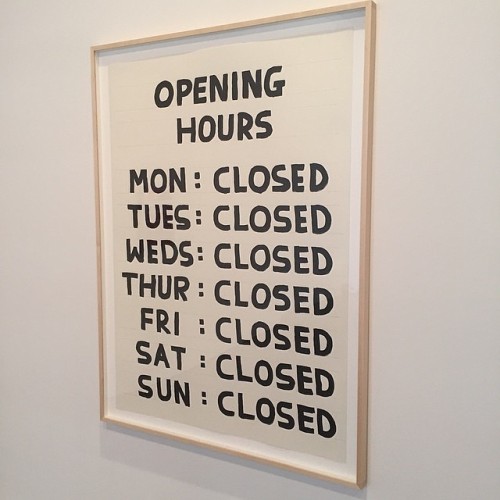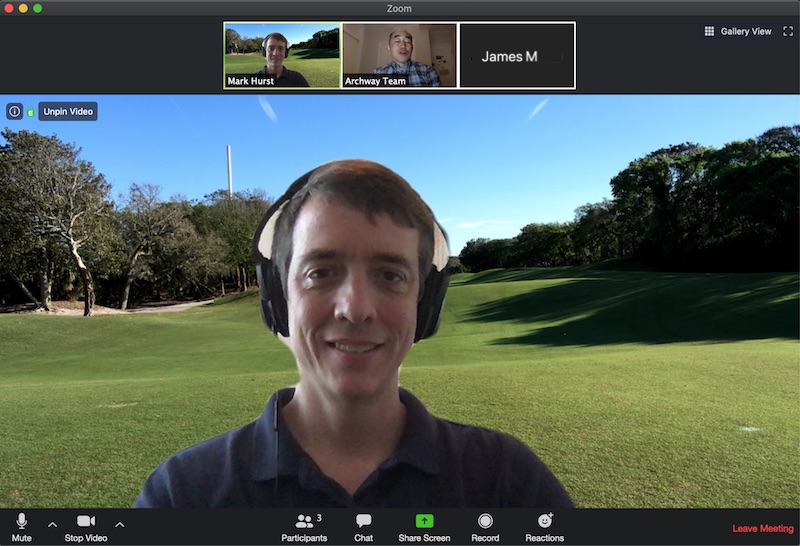How to conduct user research during quarantine
By Mark Hurst • May 14, 2020
Feeling under pressure during quarantine? Your customers are, too. They're dealing with all the same challenges, plus figuring out your product. How will you know what to build - and what not to build - unless you find out what your customers really need?
So: If you have the time, right now is the moment to talk to customers.

The good news is, it's relatively easy to conduct remote user research.
How to conduct user research during quarantine
1. Invite customers to join you for a 30-minute videoconference. (Draw on your existing user base, or hire a recruiting service.) Schedule the sessions with one user at a time, not a focus group panel with multiple people.
2. Choose a videoconference platform. (Some teams use Zoom, others favor enterprise tools like WebEx or Teams, while more privacy-minded teams use Whereby or Jitsi.)
3. Don't write a script ahead of time. Like I said, customers are already under plenty of pressure - facing challenges you don't know about - so don't write a script with pre-baked tasks and questions that make assumptions about their experience right now.
4. When the customer joins the videoconference, leave your video on - but don't worry if the customer chooses to keep their video off. They're calling in from home and may not want researchers peering into their personal space.
5. Start the conversation by establishing context: how they understood the invitation (from you or the recruiter) and what you'll be talking about. Be upfront about your agenda. For example, "I'm interested in how you're working with our product now"... or "I'm going to show you something we're working on to get your feedback." Just a high-level direction.
6. After setting context, listen the customer describe their experience. Share your screen to show the product you're working on - or ask them to share their screen as they use it on their device. I'd recommend using the "listening lab" approach that I describe in Customers Included: in short, focus on listening to the customer rather than dictating what they need to do. Instead of reading off a task list, listen to what customers say they understand, or want, or are doing - as they engage with your product. No leading questions allowed.
7. At the conclusion of 30 minutes, thank the customer, remind them how and when they will receive their incentive payment (if there is one) and close the videoconference.
8. If you have don't have sessions scheduled back-to-back, take a few minutes to write down any observations and patterns from the session. A bulleted text file works well here. If you have any team members observing with you, ask them to call out any observations. (Note that these should be about the session itself, not jumping to conclusions, like "this is what we should build next.") Just get observations on what the customer said, did, and what they seemed to understand and want, or not want, from the product.
9. At the end of the research - having conducted, say, 6 to 8 of these sessions - look over all your session debriefs and put together a list of all of the patterns throughout the day. One day of open-ended listening labs will generate plenty of patterns to streamline and focus the customer experience.
10. Based on the research findings, do what most teams fail to do: Build what customers want. Don't build what customers don't want.
This, below, is what remote user research looks like. I'm the moderator, Archway Team is the client, and James M is the user:

(Thanks to my client, Archway Health, for allowing me to include this. My background is a golf course in Florida.)
Finally, reach out - I'm at mark@creativegood.com - if Creative Good can help: running the research, advising on product strategy, or coaching the team through the process.
-Mark Hurst
Subscribe to my email newsletter.
Email: mark@creativegood.com
Twitter: @markhurst
Podcast/radio show: techtonic.fm
- - -